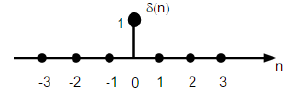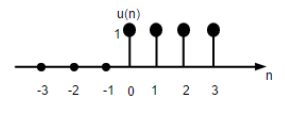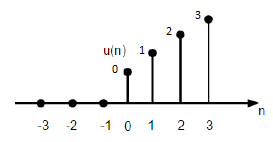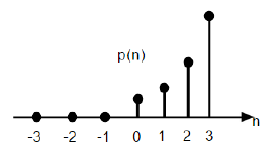In this section we need to take a look at the equation of a line in R 3 R 3 . As we saw in the previous section the equation y = m x + b y = m x + b does not describe a line in R 3 R 3 , instead it describes a plane. This doesn’t mean however that we can’t write down an equation for a line in 3-D space. We’re just going to need a new way of writing down the equation of a curve. So, before we get into the equations of lines we first need to briefly look at vector functions. We’re going to take a more in depth look at vector functions later. At this point all that we need to worry about is notational issues and how they can be used to give the equation of a curve. The best way to get an idea of what a vector function is and what its graph looks like is to look at an example. So, consider the following vector function. → r ( t ) = ⟨ t , 1 ⟩ r → ( t ) = ⟨ t , 1 ⟩ A vector function is a function that takes one or more variables, one in this case, and returns a...

We have seen that how the basic signals can be represented in Continuous time domain. Let us see how the basic signals can be represented in Discrete Time Domain.
Unit Impulse Sequence
It is denoted as δ(n) in discrete time domain and can be defined as;

Unit Step Signal
Discrete time unit step signal is defined as;

The figure above shows the graphical representation of a discrete step function.
Unit Ramp Function
A discrete unit ramp function can be defined as −

The figure given above shows the graphical representation of a discrete ramp signal.
Parabolic Function
Discrete unit parabolic function is denoted as p(n) and can be defined as;
In terms of unit step function it can be written as;

The figure given above shows the graphical representation of a parabolic sequence.
Sinusoidal Signal
All continuous-time signals are periodic. The discrete-time sinusoidal sequences may or may not be periodic. They depend on the value of ω. For a discrete time signal to be periodic, the angular frequency ω must be a rational multiple of 2π.

A discrete sinusoidal signal is shown in the figure above.
Discrete form of a sinusoidal signal can be represented in the format −
Here A,ω and φ have their usual meaning and n is the integer. Time period of the discrete sinusoidal signal is given by −
Where, N and m are integers.
Comments
Post a Comment